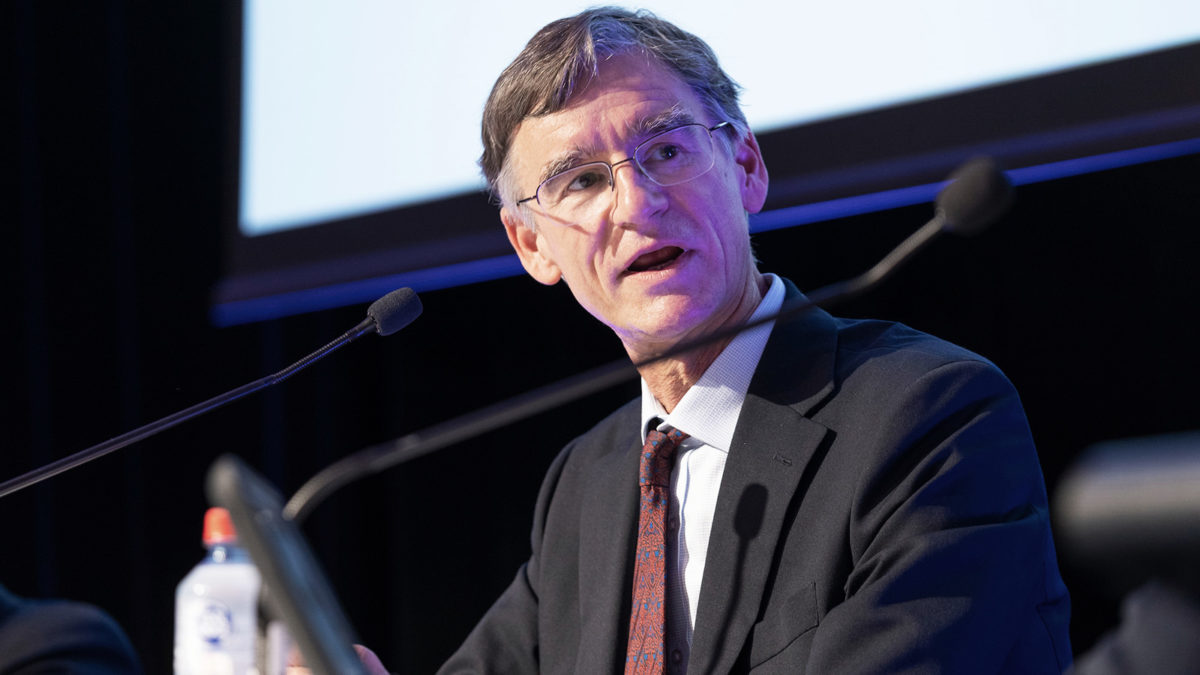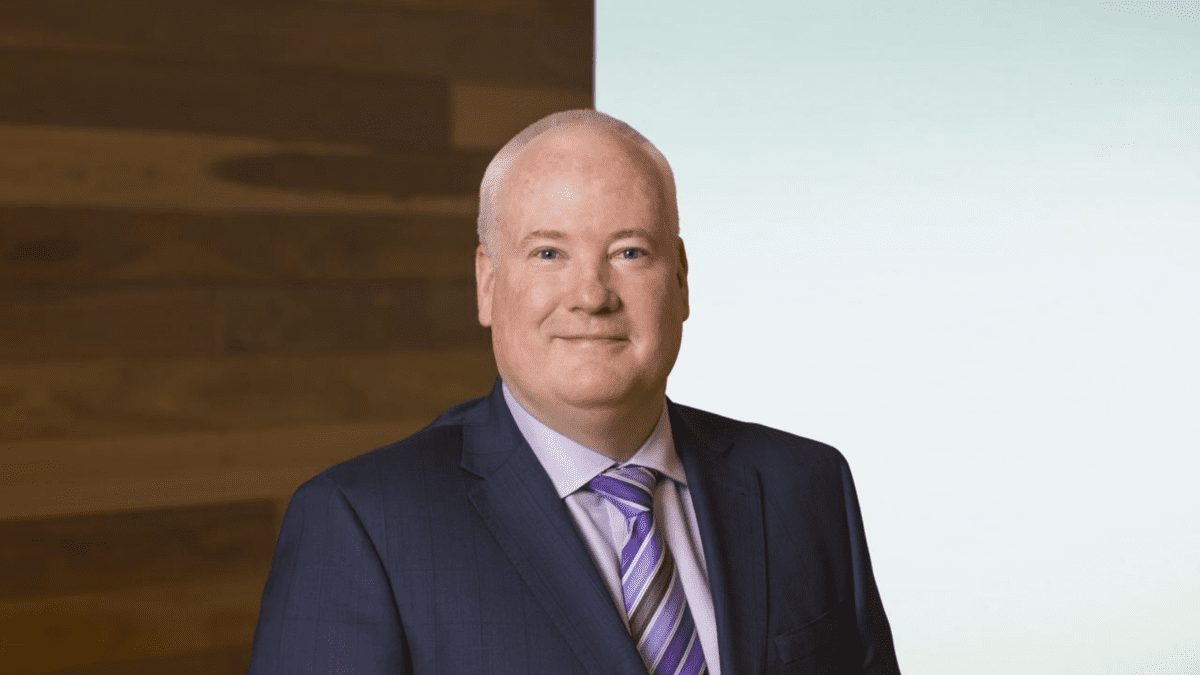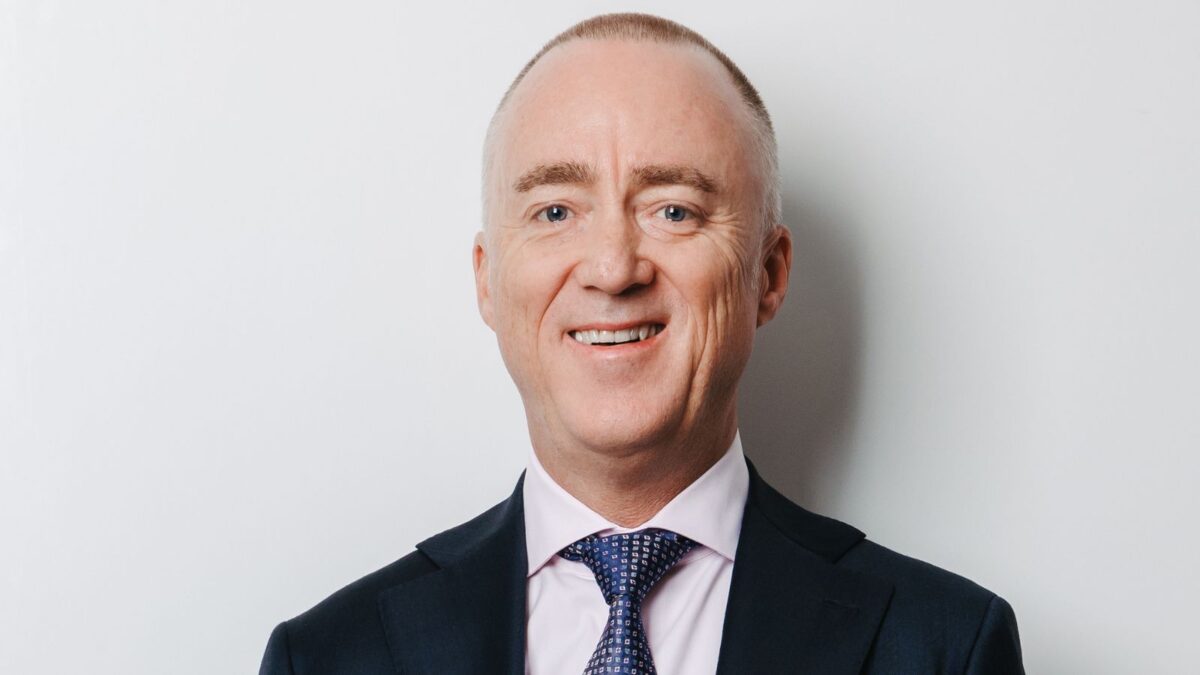New data shows the shape of the super industry to come (and what members think of it)
There are now seven megafunds with more than $100 billion in assets under management, according to new data from KPMG, representing 58 per cent of non-SMSF superannuation assets in Australia. The funds include AustralianSuper, Australian Retirement Trust (ART), Insignia Financial, Aware Super, UniSuper, AMP and CFS.
But an emerging cohort of funds with $60-100 billion in assets that KPMG dubbed “the second six” also saw 20 per cent growth, due partly to merger activity and strong investment returns but also because of their pursuit of organic growth opportunities.
“There has also been a strong push from funds in this bracket to pursue growth opportunities through strong advertising to attract new members and building strong relationships with their network of employers to grow organically,” the KPMG report says. “Initiatives such as digital advice and voluntary insurance offering have been used as prompts to attract new members (in line with the growth agenda for these funds).”
“Super funds need a sustainable business model in order to remain competitive, respond to regulatory reform and to deliver strong member outcomes in accumulation and increasingly in retirement. If members do not have access to appropriate retirement strategies, products and affordable advice, funds risk losing members who may look to more appropriate alternatives.”
That “second six” includes Hostplus, Cbus, HESTA, Rest, Mercer and BT, which retains superannuation assets on its Panorama platform though its own were absorbed by Mercer in a merger in 2023. The group demonstrates further stratification of an industry where the dispersion between the largest and smallest funds was already gargantuan, and what follows that “second six” group is a significant size gap down to a fund of $38 billion, and nine funds between $20 billion and $50 billion.
“It’s hard to imagine how (the second six) catch up to the megafunds without significant mergers amongst themselves,” Linda Elkins, KPMG national sector leader for asset and wealth management, tells ISN. “They may go and merge with a megafund, or merge with each other or a number of smaller funds, or they may stay as they are and focus on being organically successful in a really strong niche.
“All of those are possible, but I think there’s going to be a gap from the megafunds to the next group. A merger, and especially a large one, can take several years to execute, and the gap between them and the megafunds, especially the two that are pulling away – ART and AustralianSuper – is large.”
Both stapling and increases to SG contributions mean that all industry funds in the top 13 funds by size were strongly cashflow positive, with AustralianSuper on top and Hostplus and Rest seeming to benefit from stapling. All had net cashflow ratios of over 5.0 per cent. Funds below $10 billion saw an 11 per cent contraction in AUM, while retail funds saw a stabilization in their net outflows.
“I think it’s indicative that they’ve worked through the issues that came out of the royal commission, and also that they’ve made significant investment in their products and services, and that’s no doubt attracting support from both members and advisers,” Elkins says. “There’s some very good fee competition coming from those funds as well; CFS is a good example, with very low MySuper fees.”
Tell us what you really think
The report also looked at online sentiment for superannuation funds across social media and commentary from media outlets using an AI model; the vast majority of comments were either neutral or negative (with Hostplus the only fund approaching parity on member sentiment).
“Hostplus is the most talked about fund, and AustralianSuper is the second most talked about fund,” Carmen Bekker, KPMG partner in charge for customer advisory, tells ISN. “Hostplus has the most positive mentions out of everybody – 501 – but what we’re seeing is that there’s little positive sentiment in the market about super funds. It’s generally not positive… They’re also talking about super less now. Negative/positive is remaining the same, but there are less mentions overall compared to last year and the previous year.”
Elkins and Bekker hypothesise that decrease in comments is largely down to the strong investment performance seen this year, and Bekker notes that when positive comments are put under the microscope they’re largely around investment performance.
But while members might be largely apathetic towards super funds, super funds don’t feel the same way about members – especially the ones they don’t have yet. KPMG are still observing an “intensive trend” around member acquisition and retention, and the total industry spend on advertising has increased by around 77 per cent over the last 10 years (albeit decreasing as a percentage of assets by around 21 per cent).
“Funds are increasingly focused on specific acquisition or attraction strategies based on an understanding of their membership cohorts and ensure that there is a pathway for the long-term retention of these members,” the KPMG report says. “Funds are continuing to engage with members directly, with greater digital engagement and advertising (through digital channels including social media advertising/promotional activities).”










